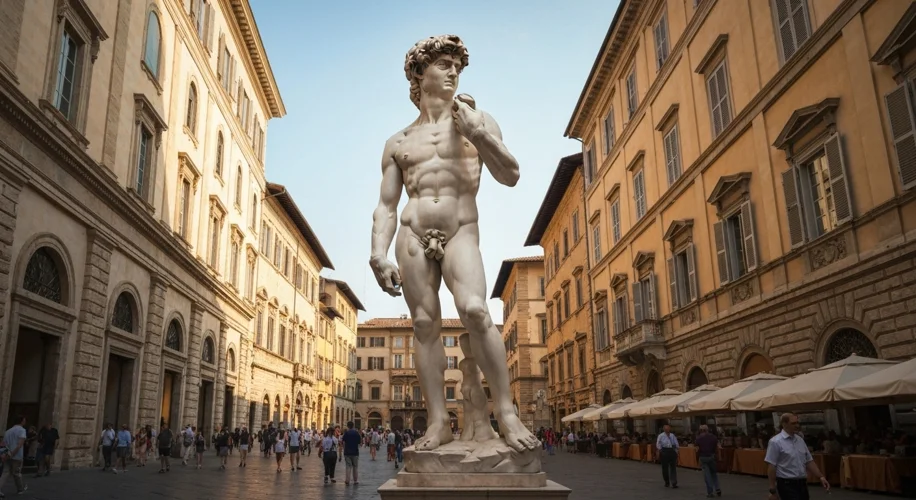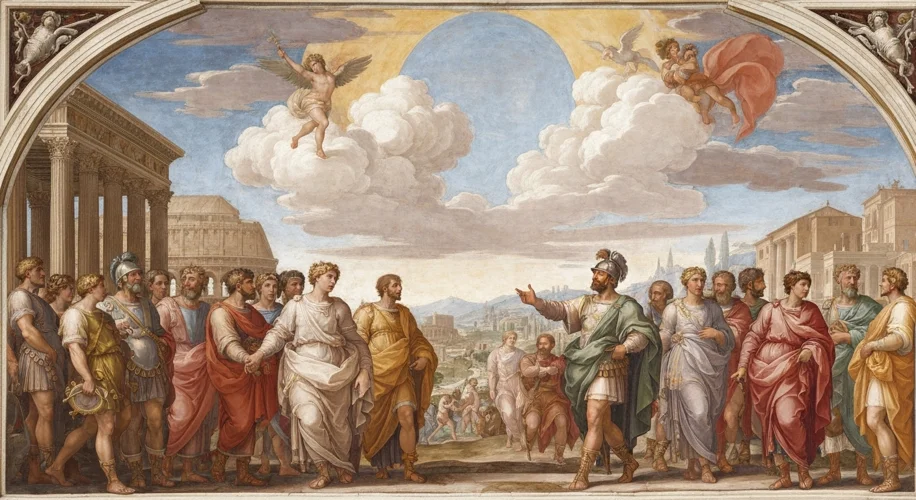The year is roughly 1350. Europe is slowly emerging from the shadow of the Black Death, a cataclysm that had wiped out a significant portion of its population. Yet, from the ashes of this devastation, a new spirit began to stir, a fervent reawakening that would come to be known as the Renaissance – the rebirth.
This wasn’t a sudden explosion, but a gradual blossoming, most vibrantly in the city-states of Italy, particularly Florence. Imagine a bustling marketplace, alive with the chatter of merchants, the clang of hammers, and the scent of leather and spices. Here, amidst the daily grind, a new intellectual and artistic current was flowing. This was a time when scholars, captivated by the ruins and texts of ancient Greece and Rome, began to unearth forgotten knowledge. They weren’t just looking back; they were looking through the past to forge a new future.
The cultural bedrock of this era was humanism. This wasn’t a rejection of faith, but a profound shift in focus. If the medieval period had largely centered on the divine, the Renaissance turned its gaze towards humanity. It celebrated human potential, intellect, and earthly achievements. Think of Petrarch, often called the “Father of Humanism,” poring over dusty manuscripts, rediscovering Cicero, and championing the study of classical literature. This intellectual curiosity became infectious.
And then there was the art. Oh, the art!

Artists like Leonardo da Vinci, Michelangelo, and Raphael were not just painters and sculptors; they were innovators, thinkers, and often, scientists in their own right. Leonardo, with his insatiable curiosity, dissected human bodies to understand their anatomy, sketched flying machines centuries before they existed, and captured the enigmatic smile of the Mona Lisa. His notebooks are a testament to a mind that saw the interconnectedness of all things.
Michelangelo, driven by an almost divine fury, wrestled with marble to liberate the figures trapped within. His David, a colossal embodiment of human perfection and defiance, still inspires awe. His work on the Sistine Chapel ceiling wasn’t just a painting; it was a theological and anatomical epic, a breathtaking display of human artistic power.

This period also witnessed monumental shifts in science and philosophy. Nicolaus Copernicus dared to propose a heliocentric model of the solar system, challenging the long-held geocentric view and forever altering humanity’s place in the cosmos. Galileo Galilei, armed with his telescope, provided observational evidence for Copernicus’s theories, facing fierce opposition from established authorities. The printing press, invented by Johannes Gutenberg around 1440, became a revolutionary tool, disseminating ideas and knowledge at an unprecedented rate, making books accessible to a wider audience than ever before.
Key figures like Machiavelli, in his treatise “The Prince,” offered a starkly pragmatic view of political power, divorcing it from morality and focusing on effective statecraft. This was a reflection of the turbulent political landscape of Italy, a collection of competing city-states where alliances shifted like sand dunes and ambition was a driving force.
The Renaissance was not a singular event but a process, a slow unfolding of new ways of thinking, seeing, and creating. Its impact rippled outwards, influencing art, science, politics, and religion across Europe and beyond. It laid the groundwork for the Scientific Revolution and the Enlightenment, shaping the modern world in profound ways. It taught us to question, to explore, to appreciate the beauty and complexity of the human experience, and to understand that even in the darkest of times, the embers of creativity and intellect can ignite a new dawn.

